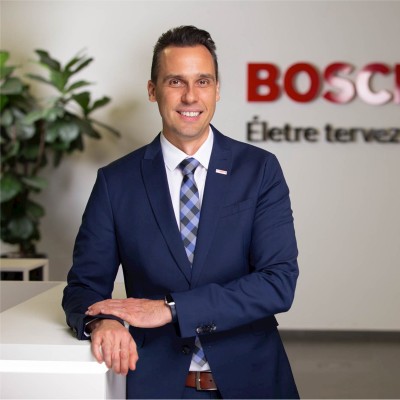KEYNOTE SPEAKER: ISTVÁN SZÁSZI

Innovation and competitive advantage:
The new paradigm for the collaboration between the academy and the industry
István Szászi Ph.D., Managing Director, Representative of the Bosch Group in Hungary and the Adriatic Region
The history of the technological advancements has been regularly witnessing paradigm shifts which are accompanied by major technological leaps. Generally, in these situations the former market leaders have become comfortably accustomed to the incremental development approach, improving only a small portion of the state-of-the-art solution. On the contrary, the edible players have been quick to recognize the changing market demands and have come up with novel, innovative solutions that can satisfy them, thereby gaining market leadership.
This phenomenon can be perfectly illustrated by the evolutionary history of the telephones, where several paradigm shifts have occurred.
Although the incremental improvements – which are one of the key strengths of the industry – play an important role in maintaining the market leader position on short- and medium terms, it is essential to keep a constant eye on the market needs and to regularly reevaluate the technology from its fundamentals. The latter is a key strength of the academia.
Today, we are on the verge of a paradigm shift in the field of electric vehicle drive systems. The currently widely used permanent magnet synchronous motor based propulsion systems are essentially incrementally developed solutions adopted from the industry. This creates several problems that prevent the wider uptake of the electric vehicles and their acceptance by the users. This makes it necessary to abandon the incremental development approach and to create fundamentally new and innovative drive solutions.
The researchers of the Robert Bosch Kft. have developed an axial-flux synchronous reluctance motor based drive system that offers a solution to the problems of the current drives and is a prime example for the synergic combination of the academic- and industrial ways of thinking. Our researchers have been working closely with the academia from the beginning, uniting the strengths of both spheres. The cooperation has further enormous potential, and its exploitation should be a basic model for the new joint industry-academia collaboration.
